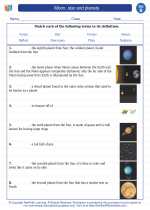Moon, star and planets -> land
Land
Land is the solid surface of the Earth that is not covered by water. It is a crucial part of the natural environment and provides a habitat for various living organisms, including plants, animals, and humans. Land is also a source of valuable resources such as soil, minerals, and forests.
Here are some key points to understand about land:
- Types of Land: Land can be classified into different types such as mountains, plains, plateaus, deserts, and forests.
- Landforms: Landforms are natural features of the Earth's surface, such as mountains, valleys, and canyons, that are created by various geological processes.
- Soil: Soil is a crucial component of land that supports plant growth and is essential for agriculture. It is formed through the weathering of rocks and the decomposition of organic matter.
- Land Use: Humans use land for various purposes including agriculture, urban development, mining, and conservation. Sustainable land use is important for the preservation of ecosystems and biodiversity.
- Land Conservation: Protecting and conserving land is essential for maintaining ecological balance and ensuring the long-term sustainability of natural resources.
Studying the topic of land can involve learning about the different types of landforms, understanding the importance of soil and its composition, exploring the ways in which humans utilize and impact land, and appreciating the significance of land conservation for the environment.
Here are some study guide questions to help you delve deeper into the topic:
- What are the major types of landforms and how are they formed?
- How does soil support plant growth and why is it important for agriculture?
- What are the different ways in which humans use land and how does it impact the environment?
- Why is land conservation important and what are some strategies for conserving land?
By exploring these questions and engaging with the topic of land, you can gain a deeper understanding of the Earth's surface and the intricate relationships between land, living organisms, and the environment.
.◂Science Worksheets and Study Guides Second Grade. Moon, star and planets

 Activity Lesson
Activity Lesson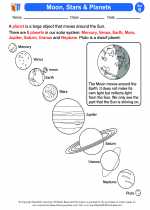
 Worksheet/Answer key
Worksheet/Answer key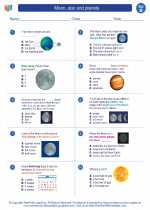
 Worksheet/Answer key
Worksheet/Answer key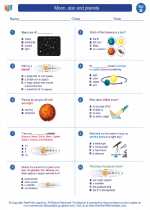
 Worksheet/Answer key
Worksheet/Answer key
 Vocabulary/Answer key
Vocabulary/Answer key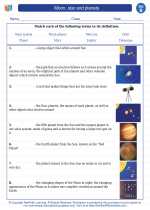
 Vocabulary/Answer key
Vocabulary/Answer key